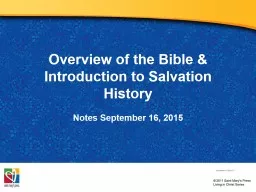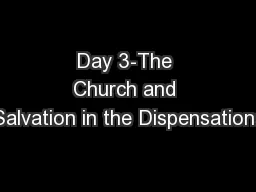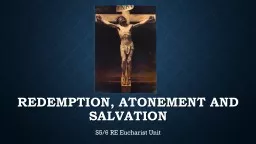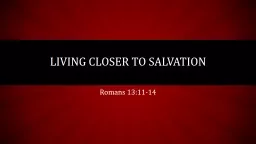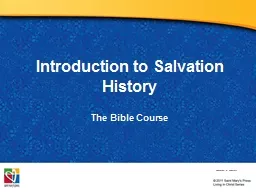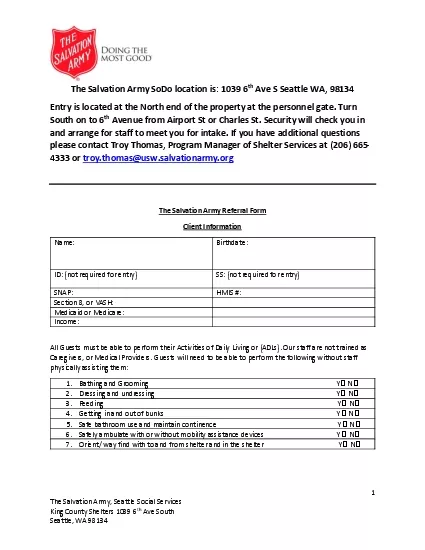PPT-Overview of the Bible & Introduction to Salvation History
Author : lois-ondreau | Published Date : 2018-09-30
Notes September 16 2015 Document TX001072 Notes Write it down Background Dont write it down Notes Overview of the Bible Old Testament This is the name given
Presentation Embed Code
Download Presentation
Download Presentation The PPT/PDF document "Overview of the Bible & Introduction..." is the property of its rightful owner. Permission is granted to download and print the materials on this website for personal, non-commercial use only, and to display it on your personal computer provided you do not modify the materials and that you retain all copyright notices contained in the materials. By downloading content from our website, you accept the terms of this agreement.
Overview of the Bible & Introduction to Salvation History: Transcript
Download Rules Of Document
"Overview of the Bible & Introduction to Salvation History"The content belongs to its owner. You may download and print it for personal use, without modification, and keep all copyright notices. By downloading, you agree to these terms.
Related Documents

